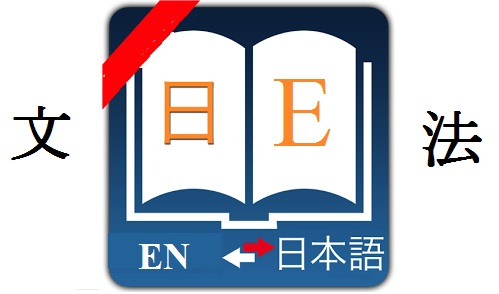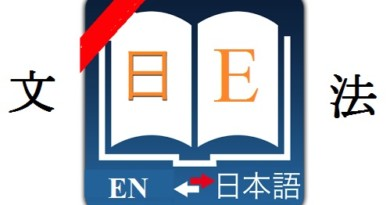Japanese たろう grammar tarou
Let’s learn Japanese たろう grammar tarou :
Formation :
N/Aな+だったろう
Aかったろう
Vたろう
Meaning and how to use :
Describing the speculation of what happened.
Examples:
子供を生むなんて苦労だったろう。
Kodomo wo umu nante kurou dattarou.
It would have been painful to give birth to a child.
そんなに働いたら疲れたろう。
Sonnani hataraitara tsukaretarou.
I would have been tired if I worked so much.
昨日の台風はとても強かったろう。
Kinou no taifuu wa totemo tsuyokattarou.
The typhoon yesterday must have been very strong.
あの人が若い時を苦労に過ごしたろう。
Ano hito ga wakai toki wo kurou ni sugoshitarou.
He might have suffered a lot when he was young.
彼らの提案は実験するとあんまり成功しなかったろう。
Karera no teian wa jikken suruto anmari seikou shinakattarou.
Their proposal mustn’t have been very successful on experimentation.
Note: This is the structure that is matched by た of the predicate and 「だろう」, then remove 「だ」 to become 「たろう」. Meaning and usage are like「だろう」. This structure is used in both speaking and writing.
Above is Japanese たろう grammar tarou. If you don’t understand the signs we used in formation, you can find their meaning here : signs used in Japanese grammar structures.
You can search the structure you want by using the search tool on our website (using key : grammar + ‘structure name’ or you can find more Japanese grammar structures in the following category : Japanese grammar dictionary
